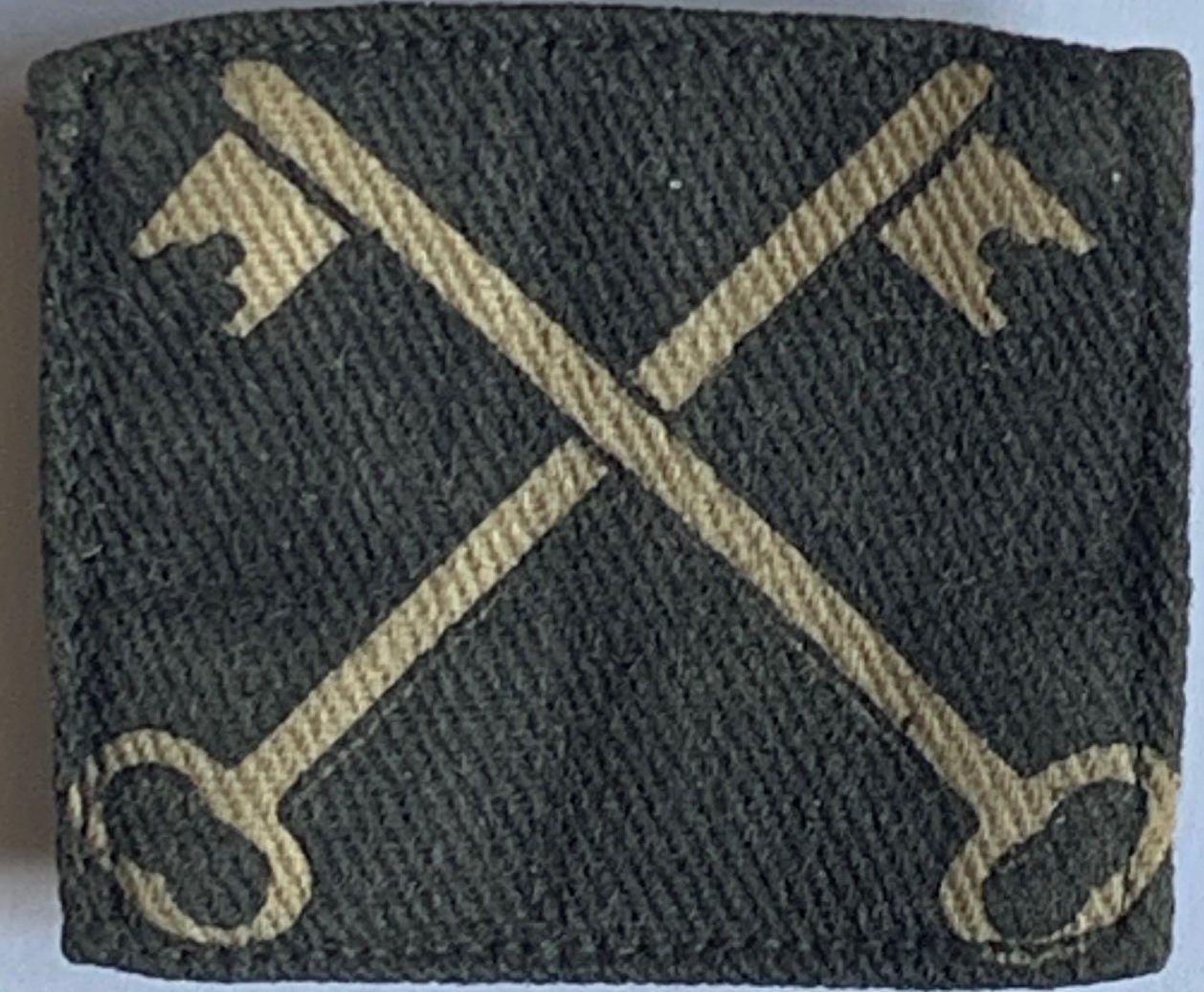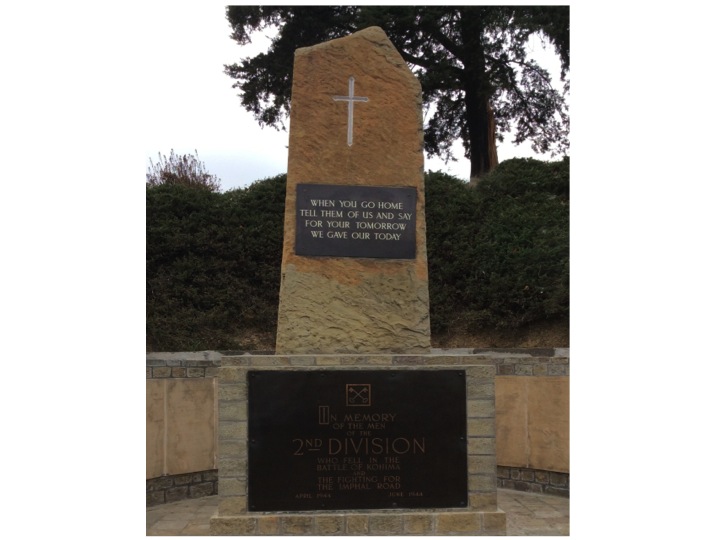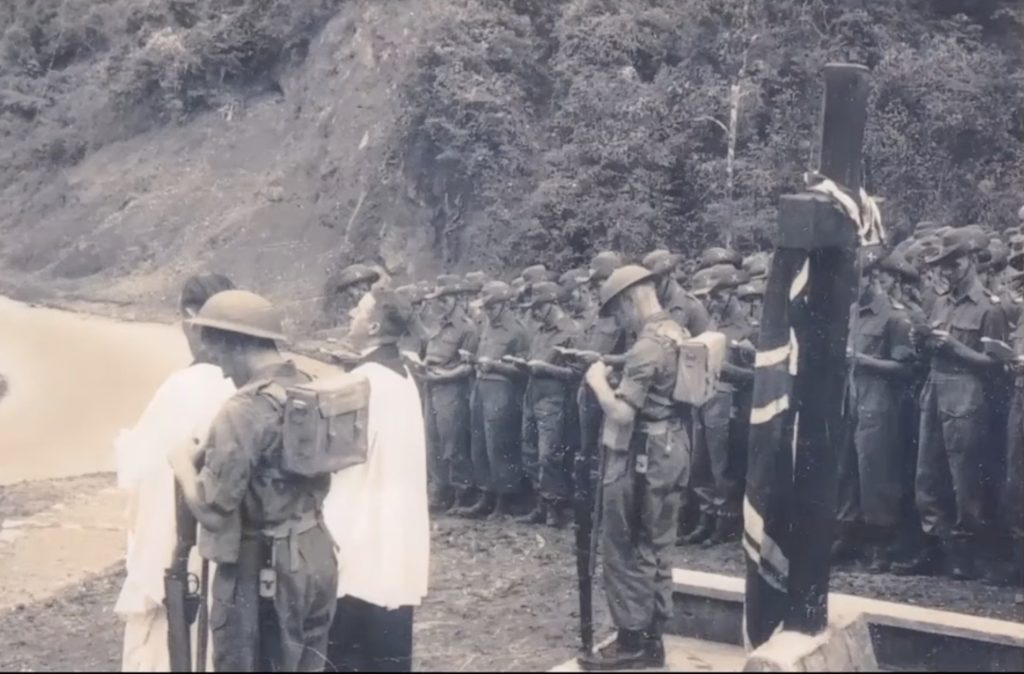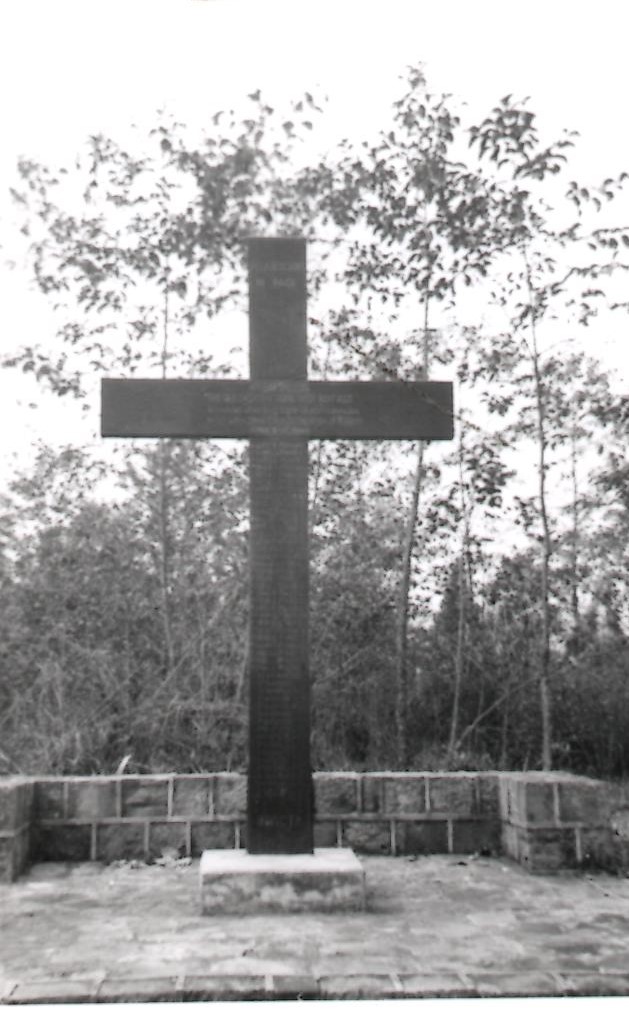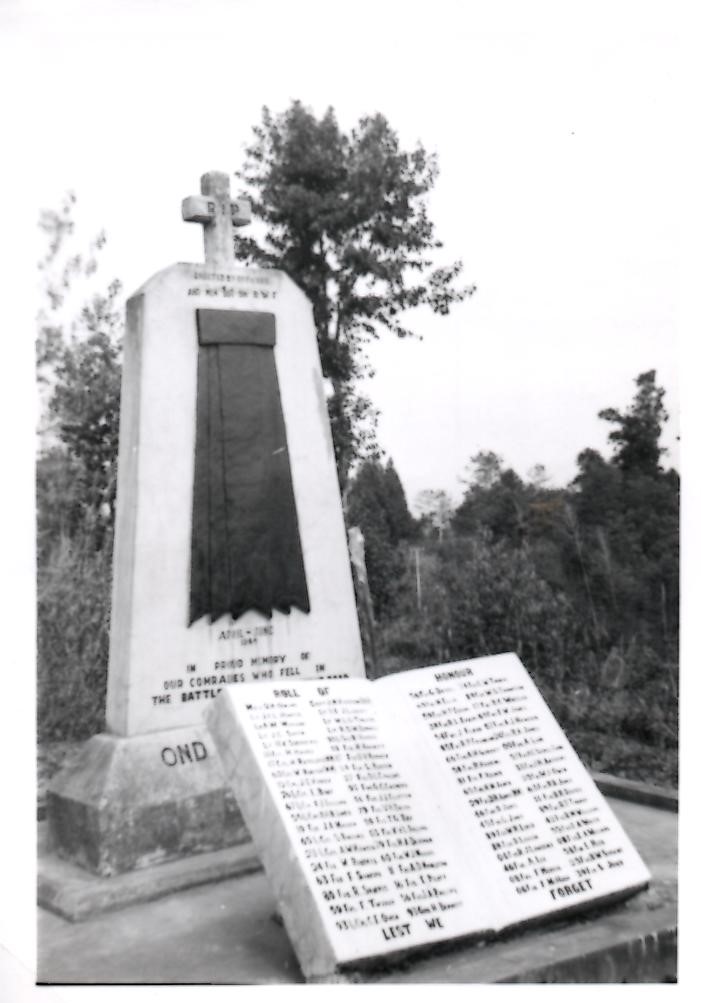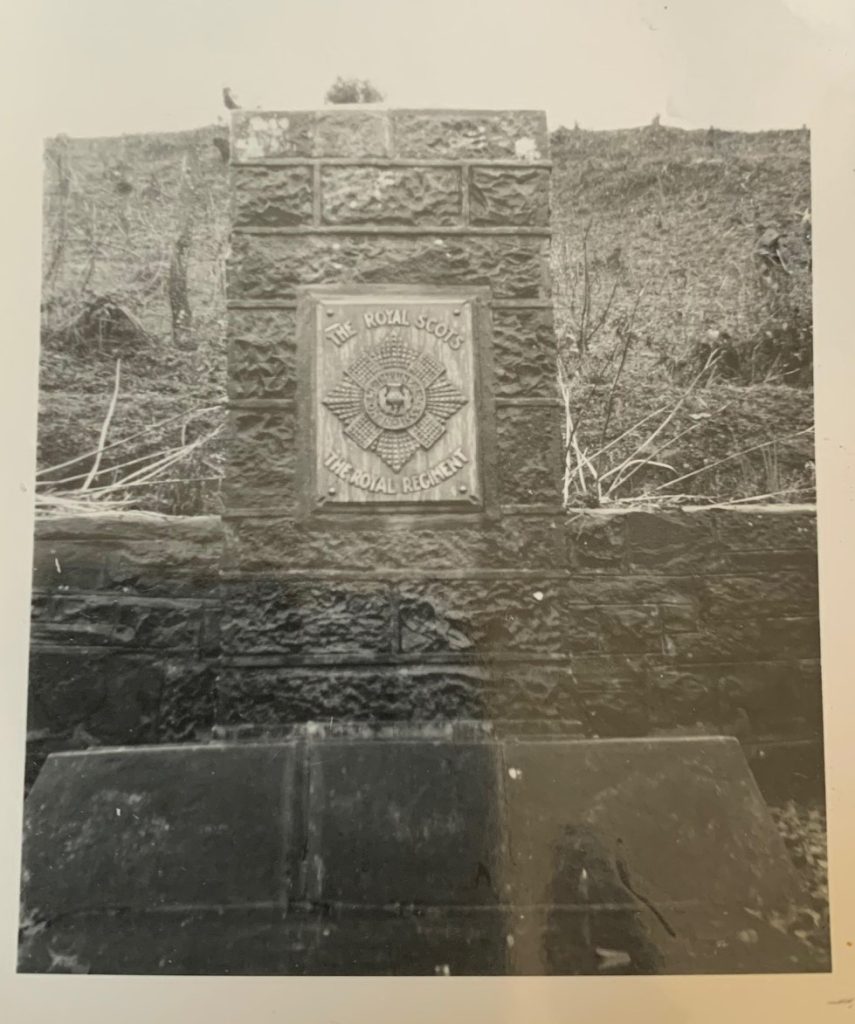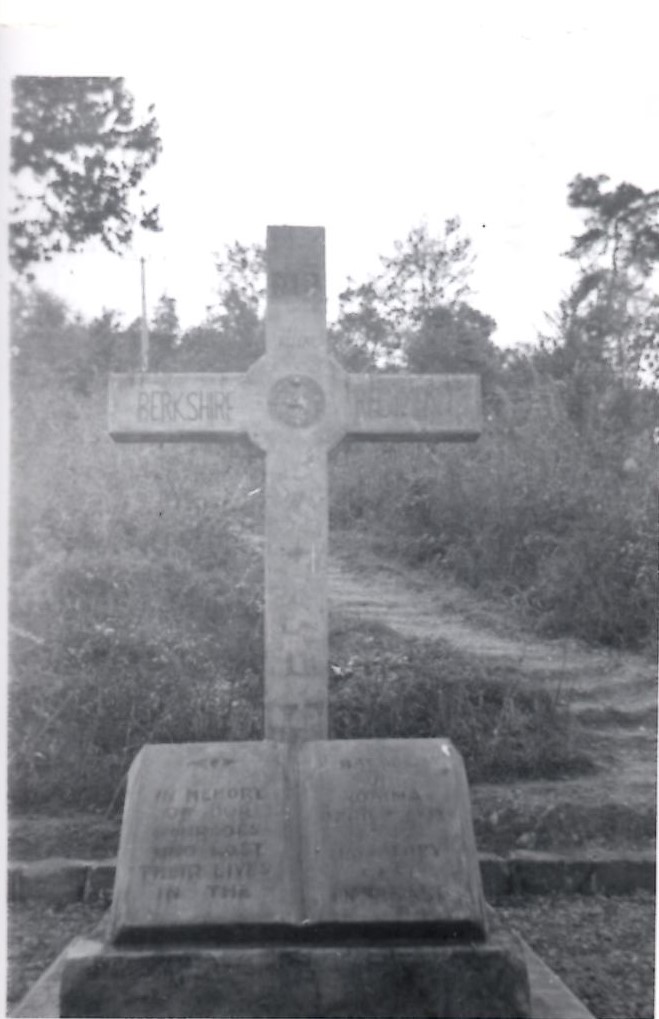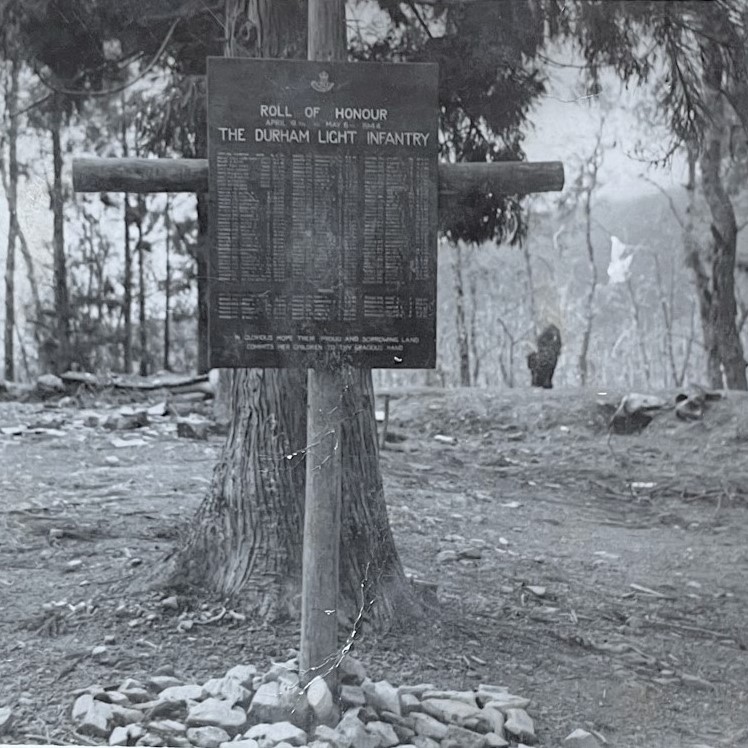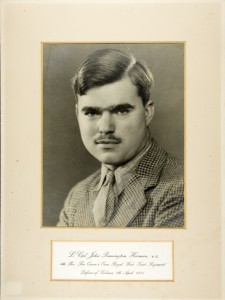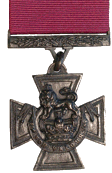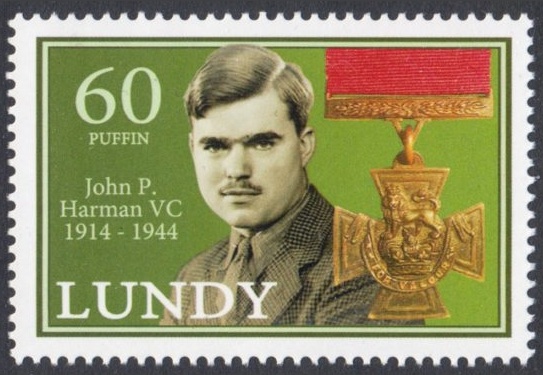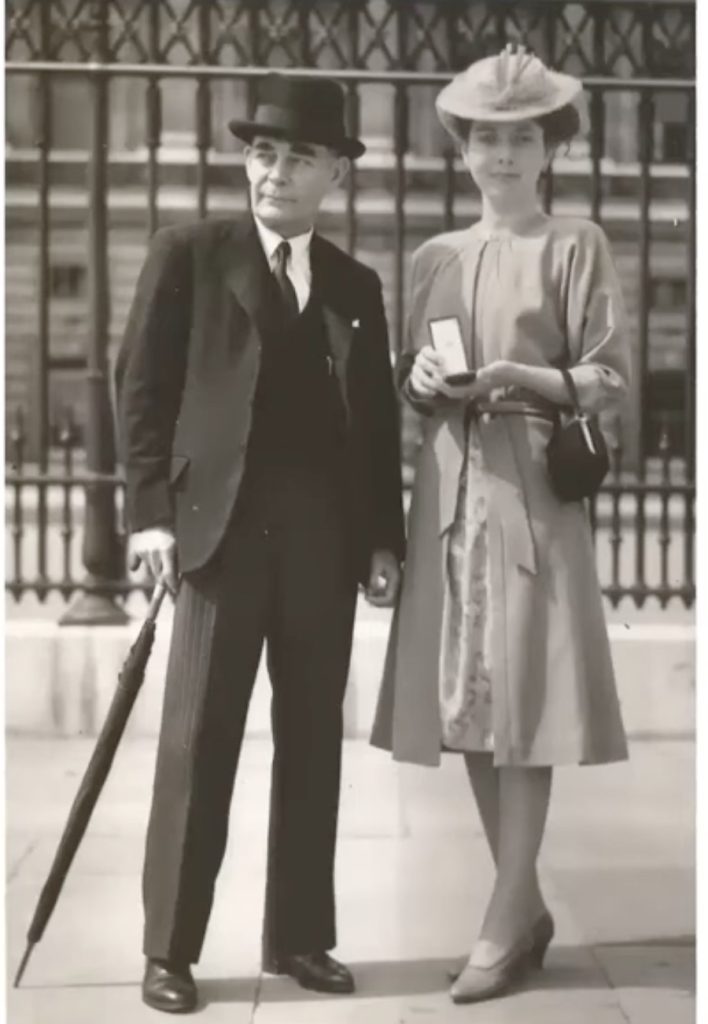REGIMENTAL MONUMENTS AT KOHIMA
VICTORIA CROSSES WON AT KOHIMA
The Victoria Cross is the highest award for bravery in the British Armed Forces. Two were awarded posthumously to British soldiers who fell at Kohima.
The first was to Lance Corporal John Pennington Harman of the 4th Bn Queen’s Own Royal West Kent Regiment.
His citation reads: The following details are given in the London Gazette of June 20th, 1944:- At Kohima, Assam, on 8th April 1944, Lance Corporal Harman was commanding a section of a forward platoon. The enemy had established a machine-gun post within 50 yards of his position which became a serious menace to the remainder of his company. Unable to bring the fire of his section on to the post, Lance Corporal Harman went forward by himself and annihilated the post, returning with the enemy machine-gun. The next morning, having first recovered a forward position, he again charged an enemy post alone, shooting four and bayonetting one, thereby wiping out the post. As he returned Lance Corporal Harman received an burst of machine-gun fire in his side and died shortly after reaching our lines. Lance Corporal Harman’s heroic action and supreme devotion to duty were largely responsible for the decisive way in which all attacks were driven off by his company.
A copy of his certificate from the CWGC website is available to view by clicking the VC
West Kents at John Harman's Grave
The second VC won at Kohima was awarded to Captain John Niel Randle of the 2nd Bn The Royal Norfolk Regiment.
His citation reads: The following details are given in the London Gazette of December 8th, 1944:- On the 4th May, 1944, at Kohima in Assam, a battalion of the Norfolk Regiment attacked the Japanese. Captain Randle took over command of the company which was leading the attack. His handling of a difficult situation was masterly, and although wounded himself he continued to inspire his men until the company captured its objective. He then brought in all the wounded men who were lying outside the perimeter. Captain Randle refused to be evacuated, and despite his wound carried out a personal reconnaissance with great daring, prior to a further attack on the new enemy positions. At dawn on 6th May Captain Randle led this attack, and ran into heavy fire from a bunker. Appreciating that the destruction of this enemy post was imperative, if the operation was to succeed, Captain Randle charged the Japanese post single-handed. Although now mortaly wounded, he silenced the gun with a grenade thrown through the bunker slit. He then flung his body across the slit so that the aperture should be completely sealed. The bravery shown by this officer could not have been surpassed, and by his self-sacrifice he saved the lives of many of his men and enabled not only his own company but the whole battalion to gain its objective and win a decisive victory over the enemy.
A copy of his certificate from the CWGC website is available to view by clicking the VC
